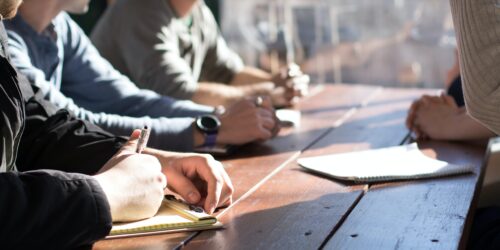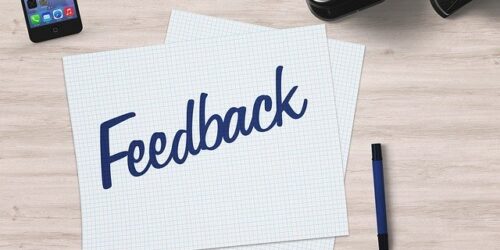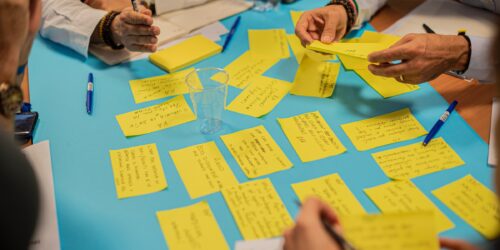
Review and Reflection and How to Assess Them: Part 2
Suggestions to help your students learn how to reflect
As you learn more about reflection as an educational concept, it becomes clear that reflection is a complex skill which is also developmental in nature. Some of your students will have experience with the practice of reflection from prior education or professional experience; others will not.
Here is a list of suggestions to help students build the skills they need to move forward.
Think about the review or reflection process as it relates to your course:
- Remember what reflection is – analyzing our experience in the light of our current knowledge, skills, and beliefs in order to inform and improve our practice. Reflection leads to informed action.
- Where possible, take stock of the kind of reflection needed in the profession for which your students are preparing. Modify your reflection tasks to build the skills they will need. Reflection in your discipline might take the form of careful documentation of clinical experiences (as in nursing), review of plans and their implementation (as in engineering and technology), or project post-mortems (as in business).
- Notice where the course you are teaching is situated in its program. Compare with the course learning outcomes for previous courses – what skills might students have already attained by the time they begin your course? If your course is in semester 1, be ready to demonstrate how to reflect and modify your own expectations of students’ current ability to reflect so that you set appropriate expectations for your students.
- Notice the reflection opportunities you have already built into your class to help students become better learners. You can build on these experiences, using them as examples of reflection-in-action, reflection-on-action, or reflection-for-action, For example:
- Do you work with your class to establish protocols at the beginning of the semester? This is a fantastic example of reflection-for-action.
- Do you provide students with opportunities for questions and discussion about assignments before they are due? This is another example of reflection-for-action.
- Do you provide your students with opportunities to share their biggest take-aways from a lesson? This is an example of reflection-in-action.
- Do you provide your students with opportunities to fill out a stop-start-continue or other feedback opportunities on how the class is going and what they need for their learning? This is an example of reflection-on-action. Do you provide mid-way checkpoints for large assignments to provide students with formative feedback? You can explain that this is an opportunity for reflection-on-action. They can reflect on their feedback and use it to help improve their assignment.
As you build their awareness through course-specific reflection or review opportunities, you are preparing students for discipline-specific reflection and review tasks.
Provide review/reflection skill-building opportunities
Notice that there are two opportunities here. First, learners can reflect on their own skills and experiences as students. Second, students can practice reflection and review in preparation for their future professional practice. The suggestions below could be used in either case.
- To help students understand what reflection is, ask students to first describe an event using the questions who, what, where, when, and how. Then ask them to analyze the event they have described answering the questions why, why not, what if, and what next?
- Provide students with a list of reflective questions as guides in how to reflect. For example:
- Ask students to compare an event to a prior experience. What is different now? What questions do they have about the differences between the two events?
- Ask students to provide more than one perspective about an event. What did they think about the event? What might others involved in the event have been thinking? Why might they have thought that?
- Provide practice identifying positive and negative aspects of an experience. Give points for both!
- Consider using a framework such as the following:
- Gibbs’ Reflective Cycle: What happened? How do you feel about what happened? What was good or bad about what happened? Why did it happen that way? What else could you have done? What would you do next time?
- Borton’s Development Framework: What? (What happened? What was my role?) So what? (What was the outcome? What did I learn?) What next? (What are the consequences? What will I do differently next time?)
- The CNO Practice Reflection model: Describe a significant experience. Identify strengths and areas for improvement. 3. Ask for peer input. 4. Identify learning needs based on your reflection and peer input.
- Prepare to provide both specific instructions and a model of how your reflection assignment might be done.
- Consider tweaking an existing assignment to add a reflective component.
Reflection is a skill that requires instruction, modeling, practice, and feedback. As you become more aware of the ways that reflection already happens in the learning environment and as you provide students with opportunities to learn how to reflect, you will be building a community of reflective practitioners!
Do you have examples of reflective practices in your discipline to share?
Would you like to apply reflection to your own practice as an educator? Check out this Reflective Tool for Teacher Development.






